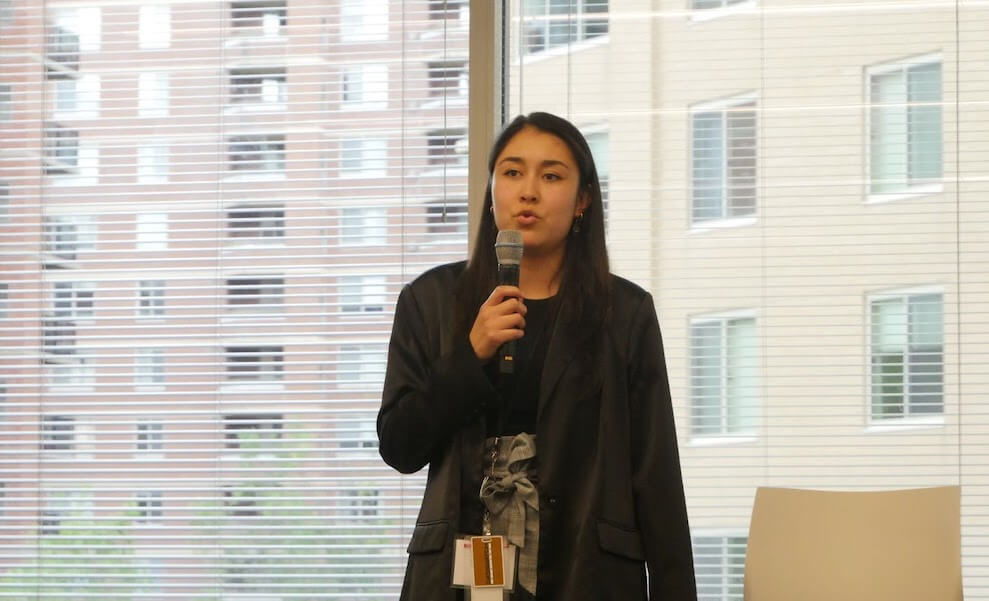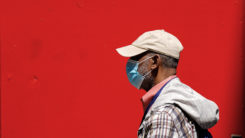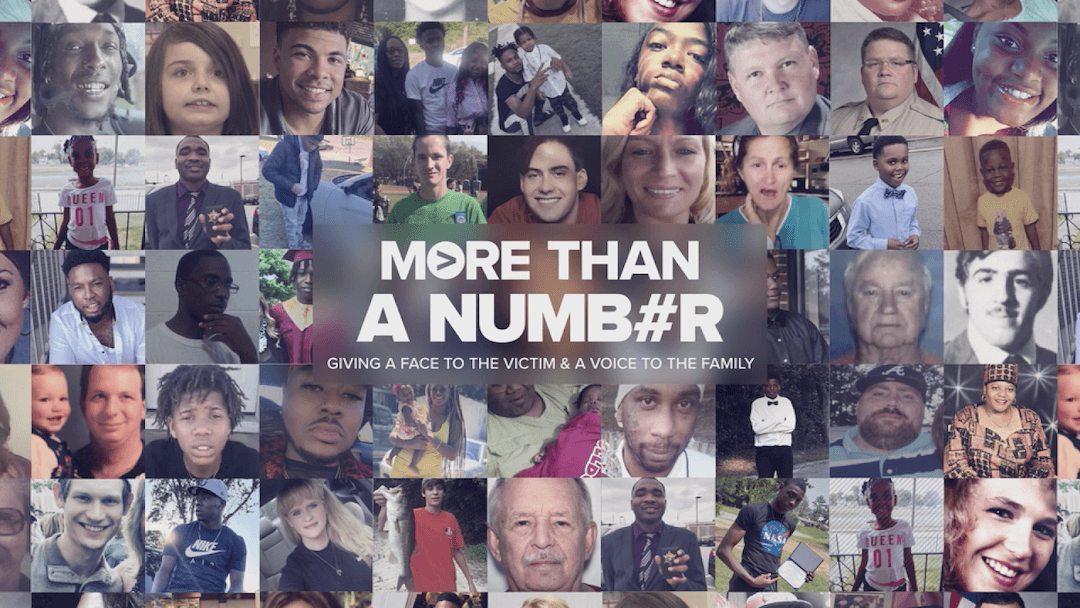Newspapers are not particularly known for moving swiftly (except when it comes to news coverage), and those who’ve worked in legacy newsrooms for a long time know that the pace of internal change can be glacial.
This makes it all the more remarkable that three journalists working in three separate newsrooms (two of them in the same city) took it upon themselves to push forward projects meant to get the ball rolling on improvements meant to help present and future staffers.
As part of the Poynter-Koch Media and Journalism Fellowship’s mission to focus on local journalism, those three journalists – Megan Cardona at the Fort Worth Star-Telegram, Rose Monique Valera Henriquez at El Nuevo Herald and Michael Butler at the Miami Herald – decided to dedicate their innovation projects for the fellowship to to improving their newsrooms’ internal workings. Cardona’s efforts were to advance the work of a just-formed newsroom diversity committee. Henriquez and Butler separately worked on guides for future reporters new to their beats: One is a guide to being a reporter in Miami, the other focuses specifically on covering Cuban immigration.
Making diversity an actionable priority
Not long before Megan Cardona, a service journalism reporter at the Star-Telegram, started her fellowship, she helped form a new diversity committee at the newspaper. Months later, when it was time to choose an innovation project, she decided to focus on initiatives for the committee, including community engagement, newsroom diversity and content accessibility.
She didn’t do it alone; four other staffers worked on the committee, but Cardona tasked herself with arranging meetings, creating agendas and, eventually, presenting the committee’s proposal to the executive editor.
Patience, Cardona said, was a virtue that helped a lot: “The biggest challenge is reaching goals at a slower, albeit more realistic, pace. Not all goals can be fulfilled within a month; it takes time to discuss and initiate ideas.”
What did the committee accomplish? Cardona says that the biggest changes have been improvements to the newspaper’s CMS that now allow it to properly present alt text on photos, making them more accessible to those with visual disabilities; community listening sessions and panels, including one on LGBTQ issues; and using an outside service to better translate stories into Spanish.
Cardona’s advice to other newsrooms hoping to initiate diversity improvements: “Communication, planning and consistency.” She said regular in-person meetings helped foster better discussions. Also, prepping ideas and goals before pitching leadership is critical. “As the late Randy Pausch said in his speech ‘The Last Lecture’: ‘Have something to bring to the table because that will make you feel more welcome.’ ”
Giving new immigration reporters a head start

Rose Monique Valera Henriquez worked on a guide for Cuban immigration policy reporters at El Nuevo Herald as her Poynter-Koch Media and Journalism Fellowship innovation project. (Photo by Omar Rodríguez Ortiz)
The innovation project that Rose Monique Valera Henriquez worked on as part of her fellowship proved bittersweet. Due to budget cuts, Valera Henriquez knew that she was not going to be employed by her newspaper, the Spanish-language El Nuevo Herald, after the fellowship. So she decided to leave some of what she learned as a reporter covering Cuban immigration policies to help others.
“I wanted to leave behind a valuable tool so journalists and editors alike could help our readers keep up with this crucial beat, even if they had limitations,” she said.
The guide includes web search tips for keeping up with the most current immigration policy changes, including setting up Google alerts. It also has details about policies in the five countries that Cuban immigrants most frequently go to.
In deciding what to include, she said, “I looked back at Rose from two years ago and asked what would’ve made her life easier. … I also incorporated links to my most-read stories, so they could continue to be relevant and beneficial to our readers.”
Valera Henriquez suggested that other newsrooms make it a practice to create this kind of beat continuity. “Quick coverage guides are a godsend to journalists new to a newsroom or starting a particular beat,” she said. “They can also help editors in a rush to step into the game when no reporters are available.”
Helping reporters new to Miami get to know the area

Michael Butler, a business reporter covering real estate at the Miami Herald, worked on a guide for reporters new to the city as his Poynter-Koch Media and Journalism Fellowship innovation project. (Courtesy of Michael Butler)
Michael Butler, a business reporter covering real estate trends at the Miami Herald, said that Miami is not like other cities when you first move there.
He said there’s things you simply can’t know upon arriving, and that Miami’s great diversity can be a challenge to get your head around as a beat reporter. For instance, understanding the significance of Miami’s Black history, getting used to torrential summer rainfall and grasping “Miami Time” (“If a press conference is scheduled for 11 a.m., there’s a 50% chance it won’t start on time.”) are all things new reporters figure out, eventually.
These are some of the entries in “Sunshine, Spanish and Sabor,” Butler’s guide for new Herald reporters. It focuses on the city and its culture with a goal of helping new journalists hit the ground running. One of its entries suggests neighborhoods to explore: “Walking around Little Haiti will allow you to eat flavorful pikliz and hear loud kompa music that gives you a better idea of life in Miami.”
“When I arrived in Miami to work at the Herald, I was excited and only wished there was a guide for newcomers like me to better understand the city,” he said.
Butler relied on his personal experiences, advice from coworkers and some research to put it together. The trick, he said, was not to try to be too comprehensive or to make the guide dense. “I intentionally focused on being concise and actionable so that other newsrooms could employ similar strategies,” he said. “There could be an entire book and ongoing column written about Miami’s nuances as a city and news market. … I did not want to overwhelm people with information.”
This story is part of a series profiling innovation projects from the 2022-2023 Poynter-Koch Media and Journalism Fellowship. The projects were presented at a May summit in Washington, D.C.





